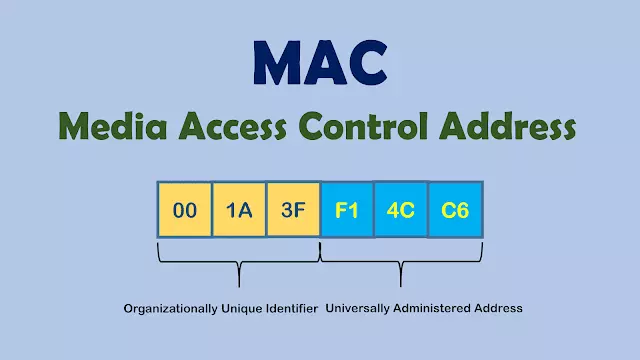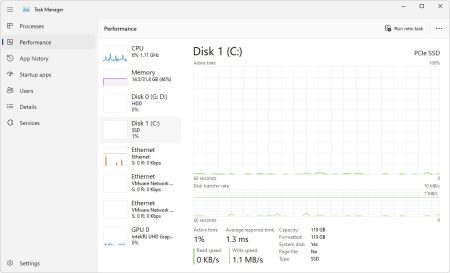MAC Address Stands for “Media Access Control Address is a unique identifier for an Ethernet or network adapter over a network. it’s also sometimes referred to as hardware or physical address and burned-in address.
MAC Address is manufactured into every network card, such as an Ethernet card or Wi-Fi card, and therefore cannot be changed. It distinguishes different network interfaces and is used for a number of network technologies, particularly most IEEE 802 networks, including Ethernet.
In the OSI model, MAC addresses occur in the Media Access Control protocol sub-layer. Media Access Control Address represents a single NIC or Ethernet port, so these addresses are often called a unicast Ethernet address. The term unicast is simply a formal way to refer to the fact that the address represents one interface to the Ethernet LAN.
Each device Media Access Control Address should be unique in order to send/receive data successfully. When you’re connected to the Internet from your computer (or host as the Internet protocol thinks of it), a correspondence table relates your IP address to your computer’s Media Access Control Address (physical) address on the LAN.
The format of MAC Address
The Media Access Control Address is formed in accordance with the rules of the three numbering namespaces, which are managed by the Institute of Electrical and Electronic Engineers (IEEE). The format is six sets of two digits or characters, separated by hyphens.
For convenience, most computers list Media Access Control Address as 12-digit hexadecimal numbers. An example of a MAC address is 30-65-EC-6F-C4-58. Some manufacturers, such as Dell, place a unique identifier in the Media Access Control Address, which is called the Organizationally Unique Identifier (OUI) and identifies the manufacturer. The OUIs of some well-known firms are:
- Dell: 00-14-22.
- Cisco: 00-40-96.
- Nortel: 00-04-DC.
Some firms may have more than one MAC address.
Types of MAC Address
- Unicast – A Unicast addressed frame is only sent out to the interface leading to specific NIC. If the LSB (a least significant bit) of the first octet of an address is set to zero, the frame is meant to reach only one receiving NIC. Media Access Control Address of the source machine is always Unicast.
- Multicast – Multicast address allow the source to send a frame to a group of devices. In Layer-2 (Ethernet) Multicast address, LSB (a least significant bit) of the first octet of an address is set to one. IEEE has allocated the address block 01-80-C2-xx-xx-xx (01-80-C2-00-00-00 to 01-80-C2-FF-FF-FF) for group addresses for use by standard protocols.
- Broadcast – Similar to Network Layer, Broadcast is also possible on the underlying layer( Data Link Layer). Ethernet frames with ones in all bits of the destination address (FF-FF-FF-FF-FF-FF) are referred to as the broadcast address. Frames which are destined with MAC address FF-FF-FF-FF-FF-FF will reach to every computer belong to that LAN segment.
How to find a MAC address of network device?
Operating Systems support various command-line and GUI utilities to allow users to find the MAC address of the system.
- On Unix variants including Solaris and Linux support
“ifconfig -a”, “ip link list” or “ip address show” the command that displays Media Access Control Address of the network device among other useful information.
- In Windows
“ipconfig /all” the command that displays MAC address.
- On a macOS, one can find MAC address by opening “System Preferences”, then select “Network”.
Networks and MAC addresses
All devices on the same network subnet have different MAC addresses. Media Access Control Address is very useful in diagnosing network issues, such as problems with IP addresses.
MAC addresses are useful for network diagnosis because they never change, as opposed to a dynamic IP address, which can change from time to time. For a network administrator, that makes a MAC address a more reliable way to identify senders and receivers of data on the network.








